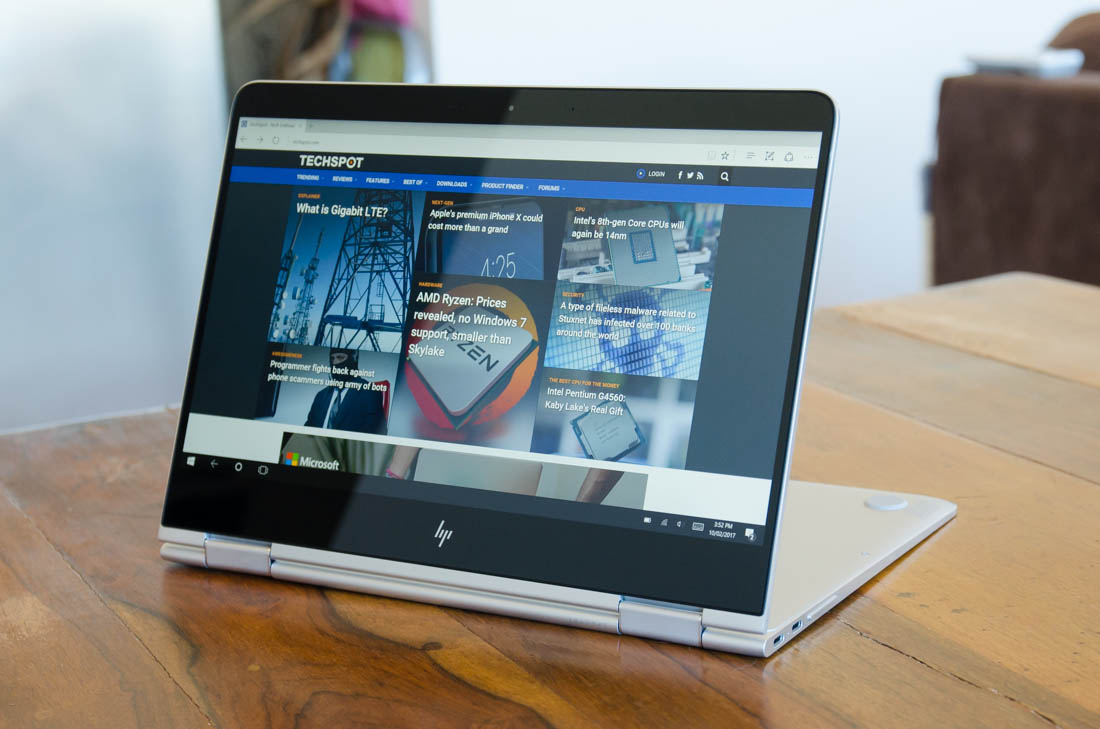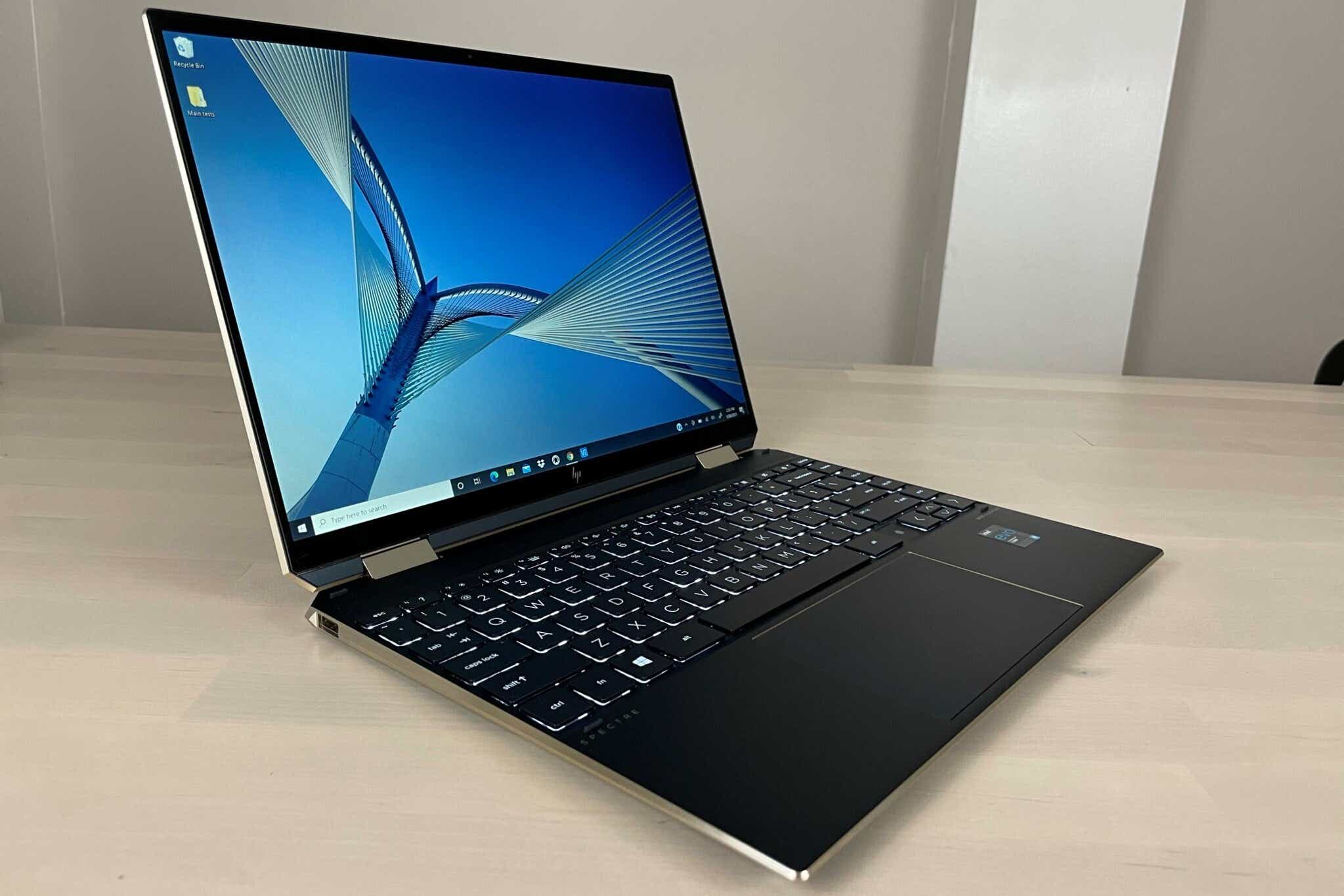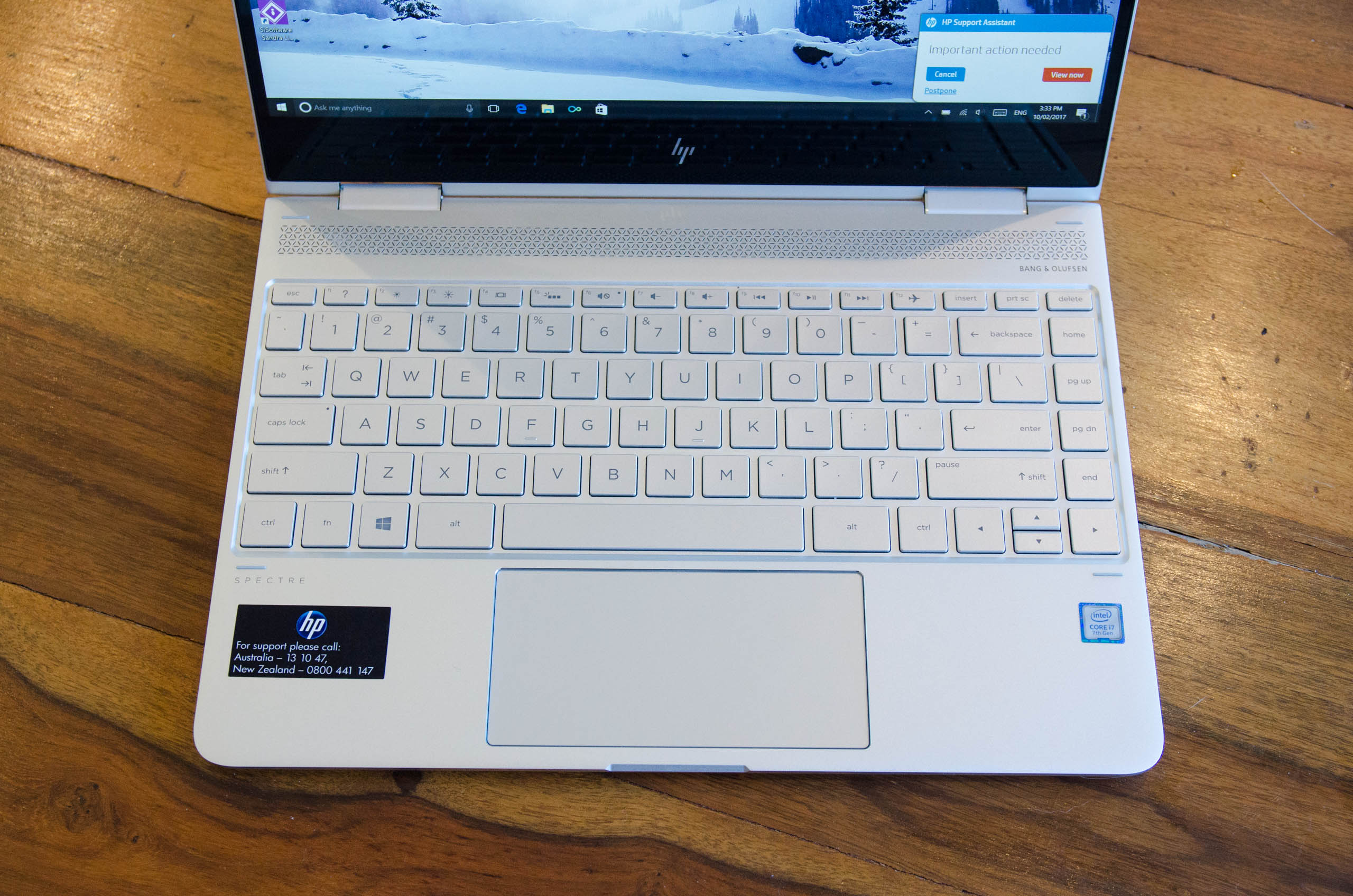

On my unit this is under System devices the "Intel(R) Integrated Sensor Solution".

When in normal laptop mode (device orientation should be as a normal laptop), I go into the Device Manager and I disable the orientation sensors. I have found a workaround that I can live with, although it is far from ideal. I have the same annoyance with the same laptop, a Spectre 13 x360.

They will not become enabled until the laptop When I turn the computer to the side the screen stays the same (which is what I want) and it does not switch to tablet mode (which is also what I want), BUT windows disables both my trackpadĪnd my keyboard while the computer is sideways (90 degrees) like it thinks I'm in tablet mode when I'm really not.Įssentially, I want my computer to act like a normal laptop without a bunch of auto-rotates and tablet modes for the time that I am in bed and then be able to switch back so that I can lay on my side with my computer at a 90 degree angle and nothing changes.Īnd so far, everything seems to work other than windows disabling my trackpad and keyboard.Īlso a little clarification, if tablet mode is set to turn on when I rotate the computer, if I turn tablet mode OFF while the computer is still in its rotated position the keyboard and trackpad stay disabled. Set to off, so the screen will stay it its normal configuration. So I change the setting to not switch the computer to tablet mode and I also have autorotation Watch a show in bed and lay on my side I like to put my computer on its side as well without going into tablet mode so I can still use the trackpad and keyboard. Normally if I rotate my computer or flip the screen it will automatically switch to tablet mode, which is fine. It is a 2 in 1 laptop that has touchscreen capabilities. Ok so, I have an HP spectre x360 with windows 10 on it.


 0 kommentar(er)
0 kommentar(er)
